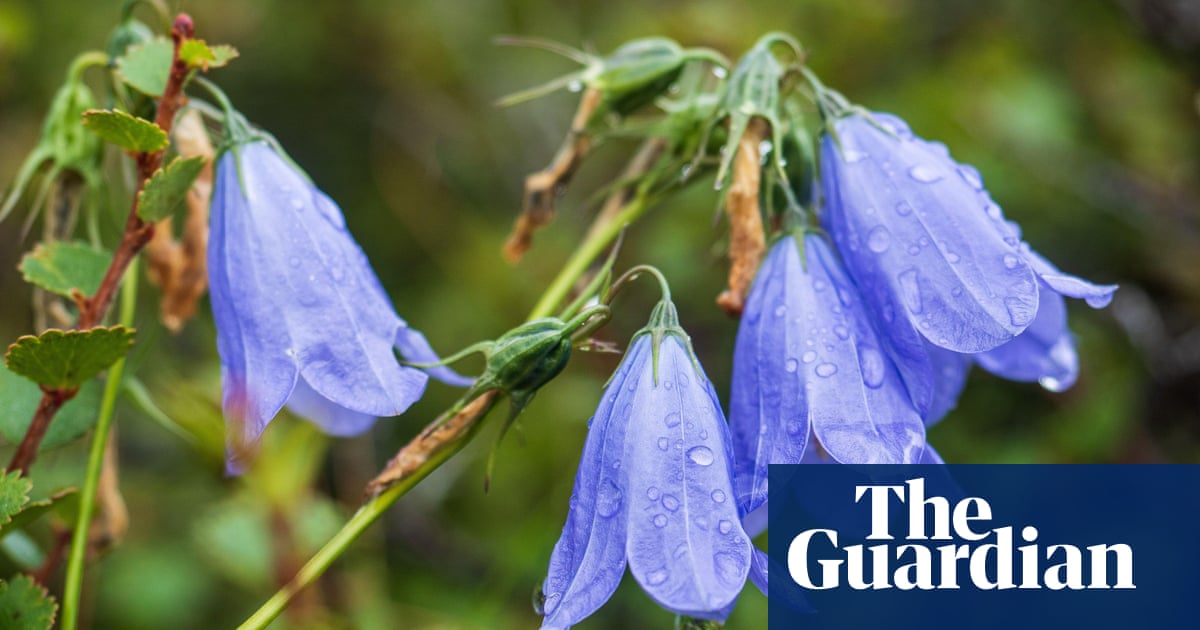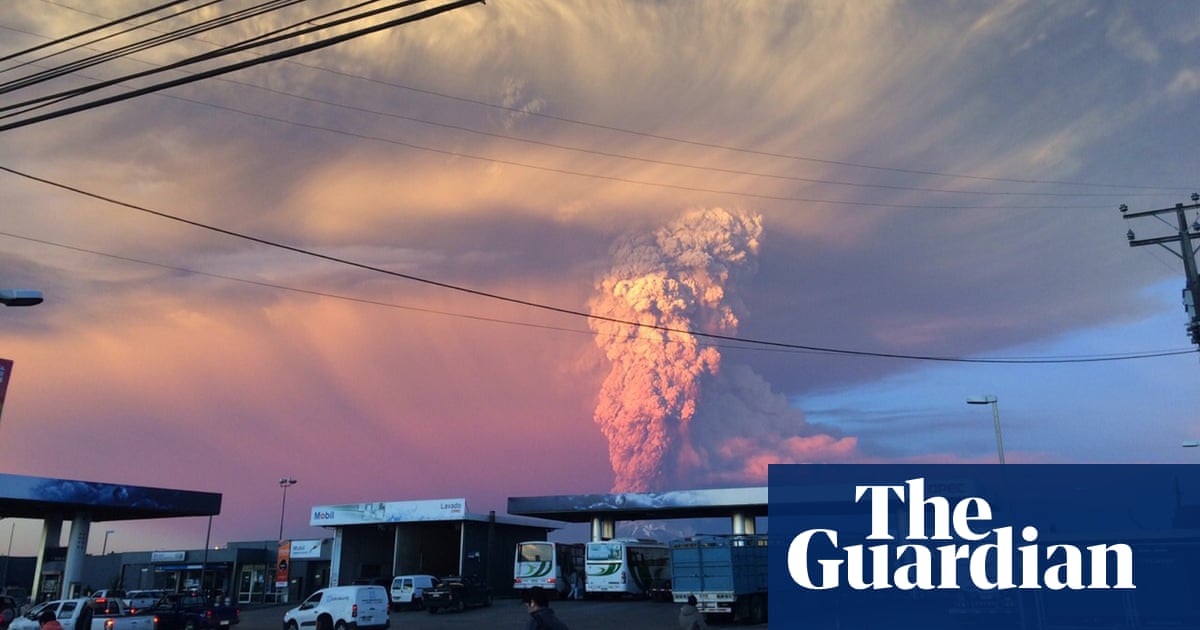
Half of Britain and Ireland’s native plants have declined over the past 20 years, with non-native species now more numerous in the wild, a major study has found.
Thousands of botanists from the Botanical Society of Britain and Ireland (BSBI) have spent the past 20 years collecting data on changes in the British and Irish flora.
The research, published in Plant Atlas 2020, has implications for native insects and other species which rely on the plants they evolved alongside.
Agricultural practices and the climate crisis are the main drivers of decline in native plant species, scientists said, as they called for urgent action to tackle the loss.
Changes in farming since the 1950s such as nitrogen enrichment, habitat degradation and changes in grazing pressure have led to the decline of species such as heather andharebell, the research found. Additionally, damp meadows have been drained, leading to substantial declines in plants such as devil’s-bit scabious – a plant fed on by rare butterflies.
Ancient arable wildflowers such as corn marigold fared worse than other species; with a 62% decline. This is because traditional grasslands have been reseeded or over-fertilised.
Craig Bennett, chief executive of The Wildlife Trusts, said: “The decline of our beautiful native plants is heartbreaking and has consequences for us all. The loss of natural habitats due to modern farming methods over the last 70 years has been an unmitigated disaster for wildflowers and all the species that depend on them including insects, bats and birds.
“But it’s not too late to stop this catastrophe. The government’s new farm environment schemes must do what was originally promised and reverse the decline of nature in our agricultural landscape. Also, protection for local wildlife sites needs to be increased, and the promise made by the government at the recent UN biodiversity summit to halve nutrient pollution by 2030 must be honoured.”
Climate breakdown has affected many species. For example, mountain plants such as alpine lady-fern, alpine speedwell and snow pearlwort depend on areas where the snow lies late in the spring and summer.
Of the 3,445 different plant species recorded during fieldwork, 1,692 are native to Britain while 1,753 non-natives were found that have been deliberately or accidentally introduced into the wild by humans. Many of the non-native species originate from gardens and then spread to establish self-sustaining populations. The planting of non-native spruce is degrading peatland habitats, researchers found, and sitka spruce, which regenerates into peatland and moorland, has shown the most significant increase in range of any species recorded.
Dr Kevin Walker, BSBI head of science and Plant Atlas 2020 co-author, said: “There’s a lot we can do to reverse these declines, but the most important are to increase the protection plants receive, extend the habitat available to them, and to place their needs at the very heart of nature conservation. We also need to ensure that our land, water and soil are managed more sustainably so that plants, and the species which rely upon them for food and shelter, can thrive.”












